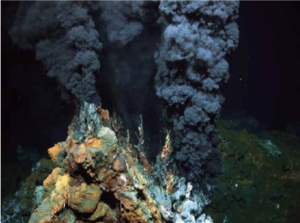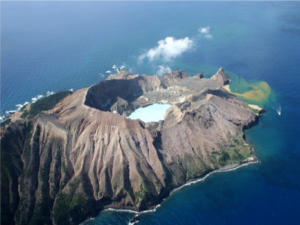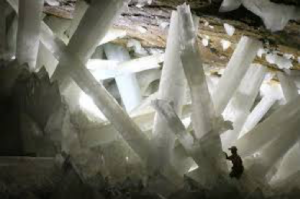The resulting concentrations of any raw material that can be used by humans is termed a mineral deposit. Mineral deposits have been preserved in the rock record throughout Earth’s history (that is the past four billion years) and can be found around the globe. These active enrichment processes can be observed today on the modern seafloor, where black smoker chimneys along active tectonic plate margins are discharging hot hydrothermal fluids enriched in metals and precipitating economic deposits of lead, zinc, copper, gold and silver.

Black Smoker on the sea floor

White Island, New Zealand
Interestingly, these vent sites are also enriched in toxic elements such as mercury, arsenic, cadmium and thallium. These hydrothermal fluids (350oC) concentrate metals from the Earth’s crust in an aqueous fluid and precipitate concentrated metal minerals on the seafloor forming a mineral deposit. The process is analogous to geothermal fields in Iceland and New Zealand, where pipelines carrying hot fluids from the crust periodically become encrusted and sealed with metal sulfides and precious metals. Similarly, fumaroles on the flanks of volcanoes (e.g. White Island, New Zealand) will frequently be encrusted with deposits of native sulphur, concentrations of minerals and even precious metals.

Under unique conditions crystals can grow to very large dimensions, as in the case of the Naica Mine, Mexico.